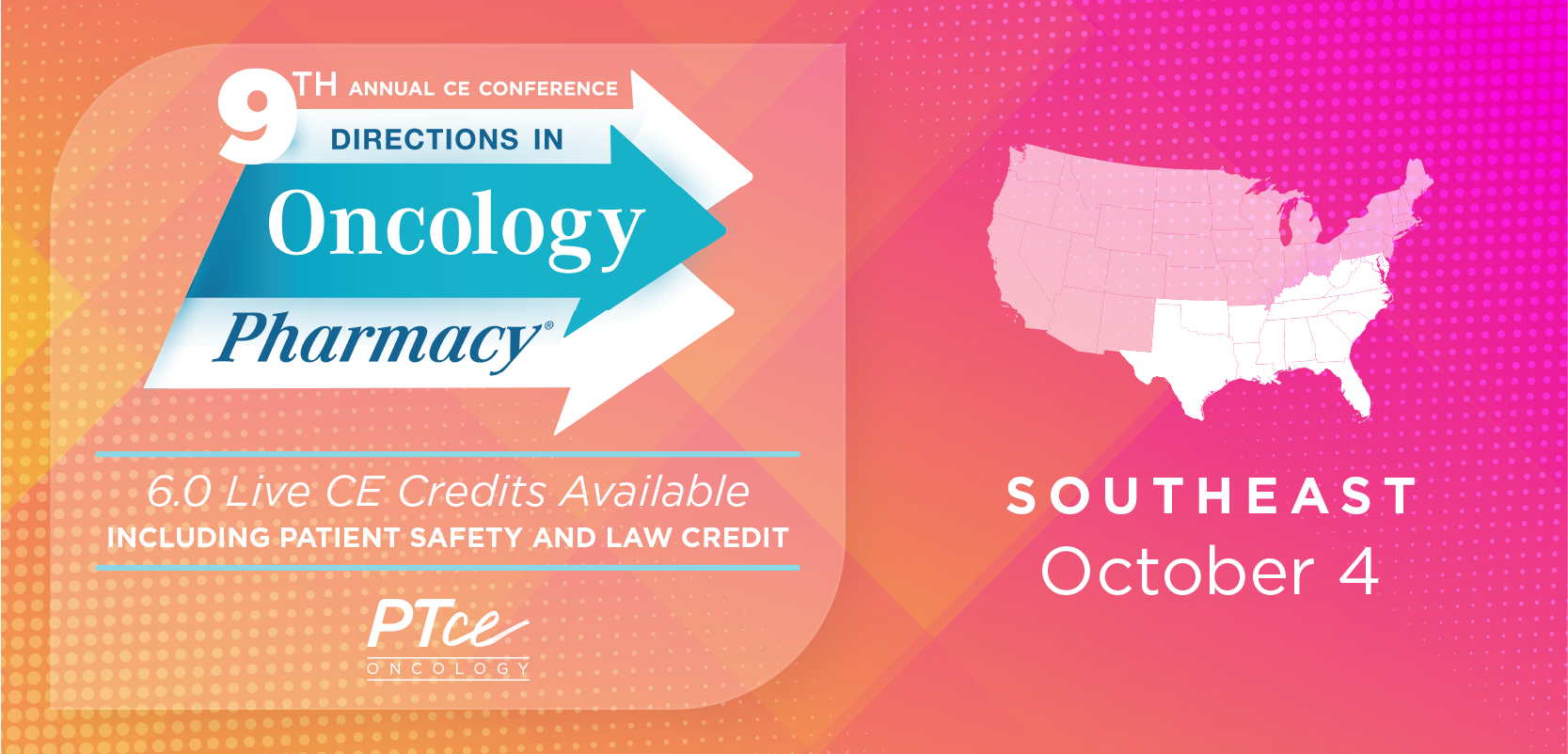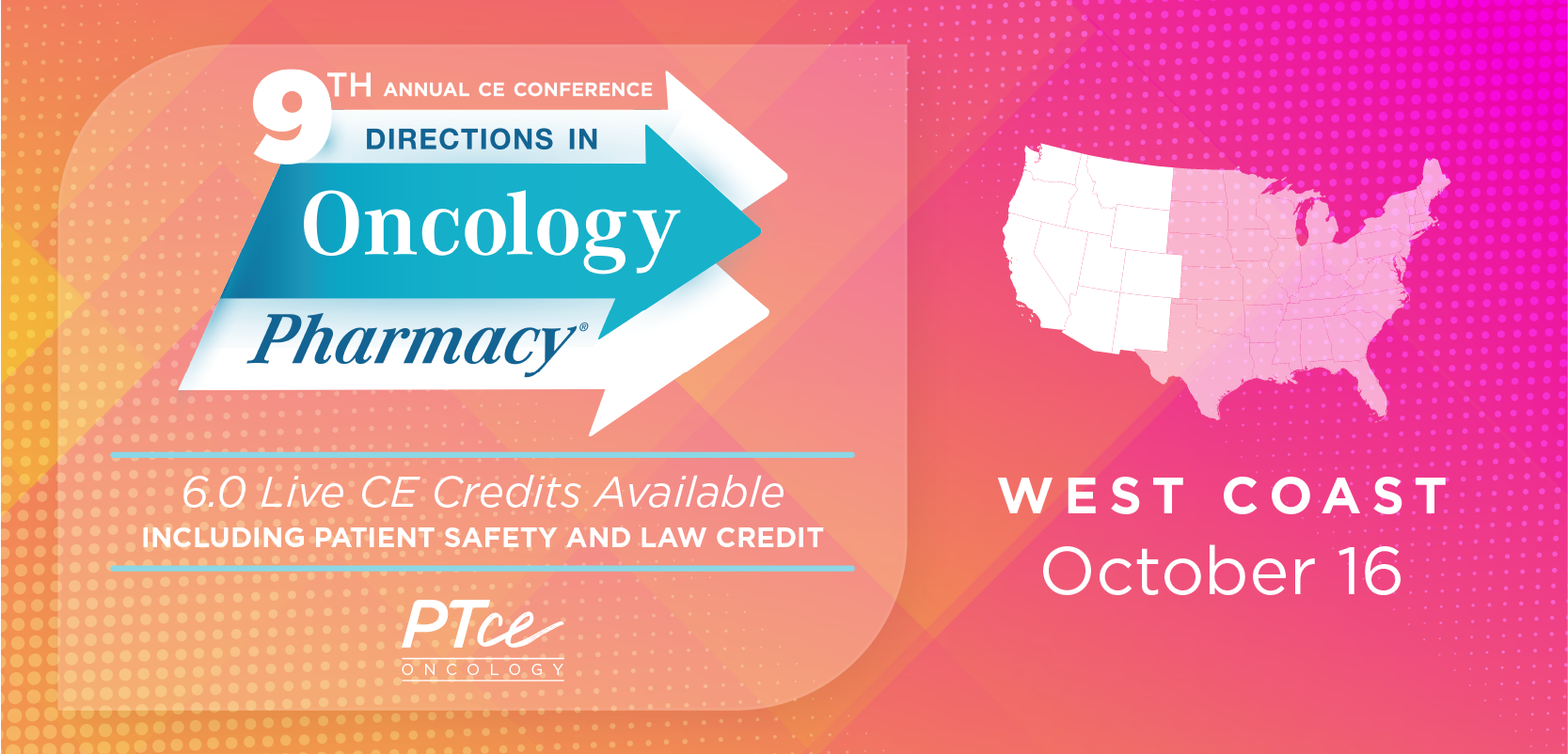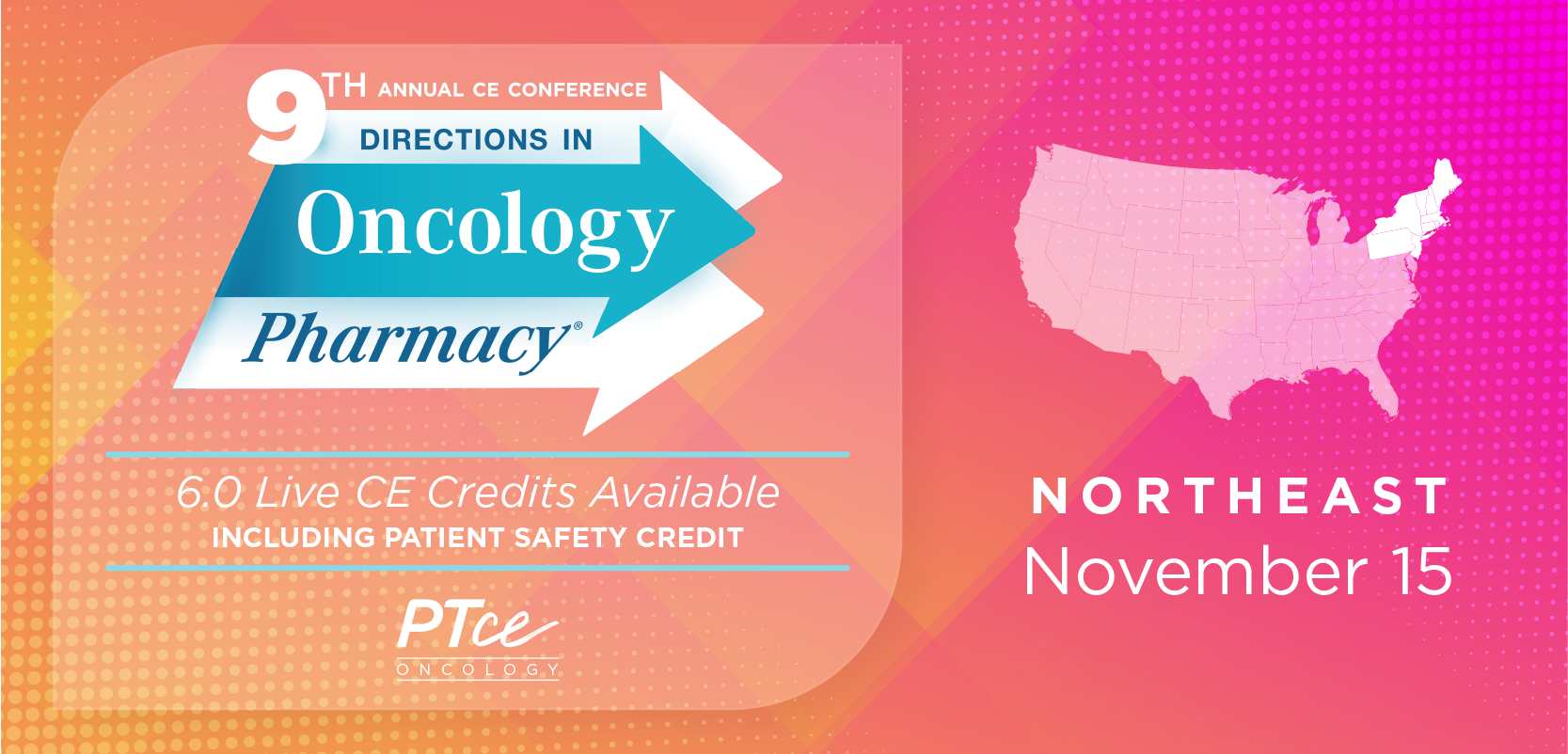Op-Ed: Why Pharmacy Benefits Need a New Approach
Key Takeaways
- Pharmacy benefits costs are rising, driven by increased prescription drug use and novel drug introductions, pressuring employers to maintain sustainable benefits.
- Traditional PBM approaches often fail self-funded plans due to their one-size-fits-all nature, rebate focus, and lack of transparency and flexibility.
Employers face rising pharmacy benefits costs, prompting a shift toward innovative, tailored solutions for sustainable health care and cost management.
Pharmacy benefits costs are surging at an alarming rate, squeezing employer budgets and making it ever harder to provide sustainable, cost-effective benefits. With more patients receiving treatment for chronic conditions and more novel drugs coming to market, prescription medication use continues to grow.
In
It is no wonder that unpredictable costs and savings projections often surface as employers' top pharmacy benefits pain point, followed closely by specialty drug costs.
Meanwhile, vertical integration and a system riddled with complex, often opaque business practices have created a tough-to-navigate maze for employers trying to demystify their pharmacy benefits management (PBM) options.
The largest PBMs continue to be the provider of choice for many employers. And that makes sense. They offer economies of scale, and their approach, also known as “traditional”––based on industry benchmarks and assumptions about drug utilization––fits many fully insured plans’ needs, given their population size and diversity.
Where Traditional Approaches Fall Short
However, employers with self-funded plans have different needs because no 2 are the same.
A tech company's employee population will have vastly different health profiles and medication needs than a manufacturing workforce. A plan with 30% of members over age 50 will see dramatically different specialty drug utilization than one skewing younger. These nuances matter enormously when it comes to cost optimization.
Many, facing runaway spending on high-cost categories, are now looking for approaches that are tailored to their member population and plan goals. They want greater control over options such as formulary and network solutions so they can see exactly where their pharmacy dollars are going and why and strategically control plan costs without sacrificing member outcomes.
Here are some key areas where traditional approaches fall short in offering self-funded plans the transparency and flexible options they need:
- One-size-fits-all solutions
Given the unique nature of self-funded plans and the vast diversity in their employee population, their specific profile, whether demographics or category-specific utilization, is unique. Traditional PBM solutions don’t take this variability into consideration. To make informed decisions, employers need granular, plan-specific utilization data that show exactly which therapeutic categories drive the most spending, which specific drugs account for the highest costs, and how their member population uses medications, rather than relying on one-size-fits-all approaches.
- Misguided focus on rebates
For too long, the allure of discounts and rebates has obscured the path to true cost savings in pharmacy benefits. More than 40% of all pharmacy spending is now tied up in rebates and discounts,
This myopic focus on flashy discounts creates a false sense of savings, while real cost containment––identifying and promoting the utilization of the lowest net-cost drugs for meaningful bottom-line impact––takes a backseat.
- Opaque formulary decisions and plan design
In traditional PBM arrangements, manufacturer negotiations and incentives can influence formulary placement decisions. This means a higher-cost drug may be prioritized over lower-cost alternatives such as biosimilars and generics, often without the employer having visibility into those decisions and the incentives that drive them.
In addition, algorithm-driven clinical decisions can mean that either members are denied access to appropriate treatments, leading to disruption, or high-cost drugs prescribed off-label or in violation of plan design get approved.
And what all of that means is that the plan sponsor has no clear insight into whether their pharmacy dollars are being spent in accordance with their goals.
- Lack of network flexibility
Almost all traditional PBM solutions lack flexibility regarding the pharmacies where members can fill prescriptions. Such arrangements, incentivized by practices such as spread pricing, often require the use of PBM-owned pharmacies, particularly for high-cost drugs such as specialty ones. This could mean higher-cost sites of fulfillment are prioritized over a net low-cost orientation.
The Need for Innovative, Alternative Approaches
To help every employer find the solution that is right for their unique goals, we need to:
- Empower informed decisions by helping clients understand their unique plan economics
- Provide granular data and reporting so clients know where their pharmacy dollars are being spent and how their plan is performing
- Ensure clinical decisions are led by clinicians and not automated systems, so members are directed to clinically equivalent, lower-cost alternatives when appropriate and not denied access to the medication they need.
We believe the founding principles of a new approach to pharmacy benefits must be the following:
- Clinical soundness as the foundation
- Transparency in data and decision-making
- Flexibility in plan design and fulfillment options
Why Now is the Time to Act
The pharmacy landscape is evolving. However, high-cost drugs are here to stay, and more are likely to continue to launch. In fact, in 2024, just
That is why the time to act is now. Staying ahead of evolving trends and emerging issues means proactively evaluating pharmacy benefits strategies and implementing solutions that help keep plan costs low and deliver long-term, sustainable success. The right strategies can not only deliver meaningful savings but also safeguard access to affordable, high-quality care.
Newsletter
Stay informed on drug updates, treatment guidelines, and pharmacy practice trends—subscribe to Pharmacy Times for weekly clinical insights.

















































































































































































































